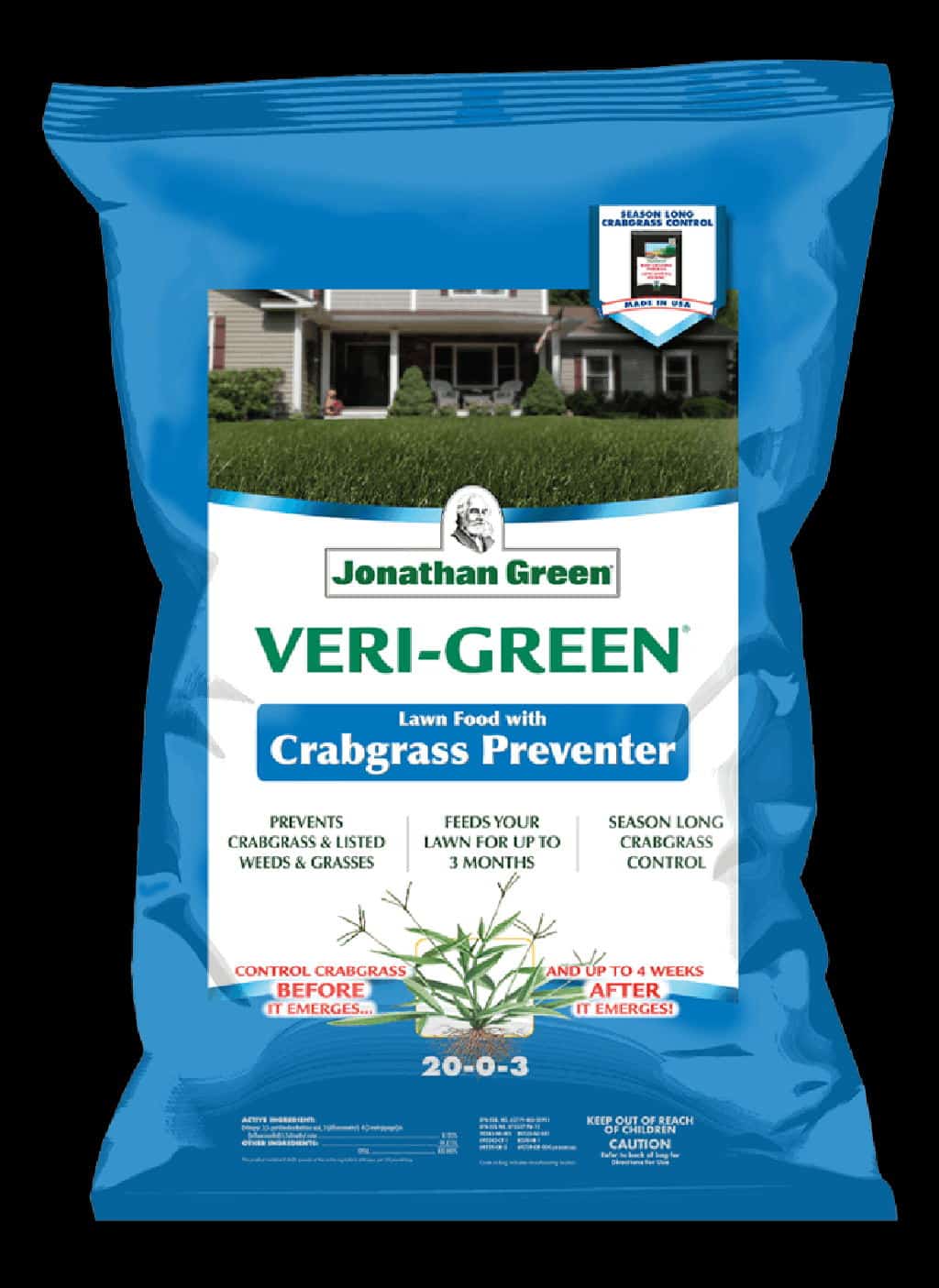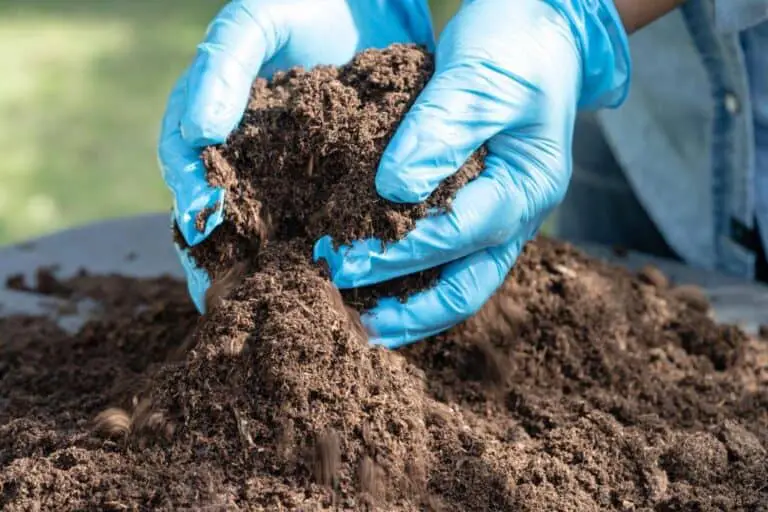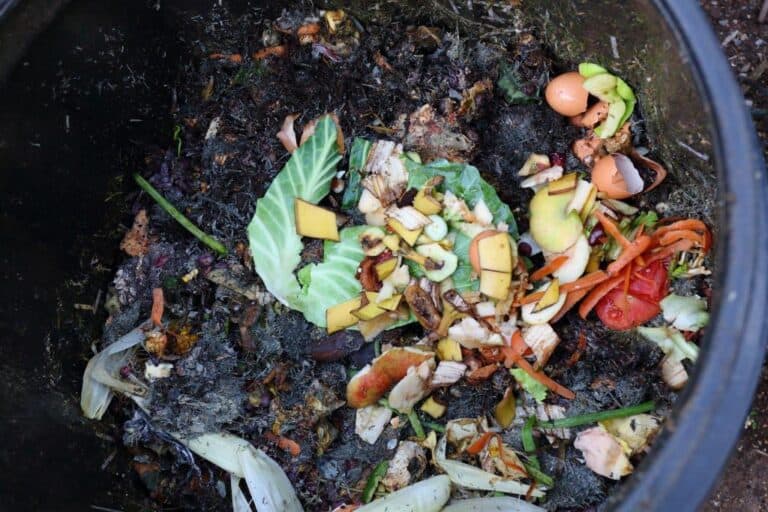How Long After Seeding Can I Use a Crabgrass Preventer?

If you’re a proud homeowner or an avid gardener, you know how important it is to keep your lawn looking healthy and green. One of the most annoying problems you might face is the stubborn weed crabgrass.
Crabgrass can quickly take over your newly seeded lawn and ruin all your hard work. That’s why many people use crabgrass preventers to keep their lawn in check. However, timing is critical when it comes to using crabgrass preventers. Using it too soon can harm your newly seeded grass, while waiting too long can allow the crabgrass to establish itself.
In this article, we’ll talk about the best time to put crabgrass preventer on your lawn after you’ve seeded it.
Understanding Crabgrass Preventer and How It Works
Crabgrass is a common weed that plagues many lawns and gardens, and it can be tough to control once it has established itself. Fortunately, there is a solution: crabgrass preventer. Crabgrass preventer is a type of herbicide that is designed to stop crabgrass seeds from germinating, preventing the weed from taking hold in your lawn or garden.
So, how does crabgrass prevention work? The key ingredient in most crabgrass preventers is a chemical called dithiopyr. This chemical works by creating a barrier in the soil that prevents crabgrass seeds from sprouting. Dithiopyr does this by inhibiting cell division in the seedlings, effectively stopping their growth before it begins.
To be effective, crabgrass preventer must be applied at the right time. It should be applied before the crabgrass seeds have a chance to germinate, typically in the early spring or late fall.
The timing of application is critical, as applying it too early or too late can render it ineffective. Additionally, it’s important to ensure that the crabgrass preventer is evenly distributed across the lawn or garden, as any missed spots can provide an entry point for the weed to take hold.
While crabgrass preventer can be an effective tool in controlling crabgrass, it’s important to note that it will not kill existing plants. Crabgrass preventer is designed to prevent the seeds from germinating, but it will not remove existing crabgrass from your lawn or garden. For this reason, it’s important to address any existing weeds with a post-emergent herbicide or by manually removing the weeds.
Preparing for Seeding
Preparing for seeding is an essential step in the process of growing a lush and healthy lawn. Below are some steps that need to be taken for preparing for seeding.
- The first step in preparing your lawn for seeding is to remove any existing weeds or debris. You can do this by hand or with a rake, but for larger areas, a power rake or dethatcher might be necessary.
- Once you have cleared the area, it’s important to test the soil pH levels to ensure that they are within the optimal range for your desired grass type. Soil pH levels that are too high or too low can prevent grass seeds from germinating, so it’s important to adjust the soil pH if necessary. This can be done by adding soil amendments such as lime or sulfur.
- Next, you’ll want to fertilize the soil to provide the necessary nutrients for your new grass to grow strong and healthy. This can be done by adding a high-quality fertilizer to the soil, such as one that is high in nitrogen. It’s important to follow the recommended application rates for your specific grass type and soil type.
- Before seeding, it’s also important to ensure that the soil is properly aerated. This can be done by using an aerator machine or by manually poking holes in the soil with a garden fork. Aeration helps to loosen the soil and allows for better water and nutrient absorption, which is essential for seed germination.
- Finally, it’s important to choose the right seed for your lawn. Consider factors such as the amount of sun and shade the area receives, as well as the soil type and climate. Choose a high-quality seed mix that is specifically designed for your region, and follow the recommended seeding rates.
Timing is Key
When it comes to seeding your lawn, timing is everything. The best time to seed your lawn will depend on a variety of factors, such as your climate, grass type, and the time of year. In general, the best time to seed your lawn is during the fall months when the temperatures are cooler and there is less competition from weeds.
If you live in a region with a warm climate, the best time to seed your lawn is typically in the late spring or early summer, when the soil temperatures have warmed up. It’s important to seed your lawn early enough in the season to allow the grass to establish before the heat of summer arrives.
Timing is also important when it comes to applying crabgrass preventer to your lawn. Most crabgrass preventers work by creating a barrier on the soil surface that prevents the crabgrass seeds from germinating. It’s important to apply the crabgrass preventer before the crabgrass seeds have a chance to germinate.
The timing of crabgrass preventer application will depend on the climate and your location. In general, crabgrass preventer should be applied when the soil temperatures reach around 55 to 60 degrees Fahrenheit, which is typically in early spring. If you apply crabgrass preventer too late in the season, it may not be effective in preventing crabgrass growth.
You should consider the timing of watering your lawn after seeding. Lawns that have just been seeded need to be watered often to keep the soil moist and help the seeds grow. However, over-watering can be just as harmful as under-watering. It’s important to water your lawn at the right time of day and for the right amount of time to ensure that the soil is evenly moist and not too soggy.
Post-Emergent Crabgrass Control
Post-emergent crabgrass control is a method that is used to control crabgrass after it has already emerged from the soil.
There are several options for post-emergent crabgrass control, including herbicides and manual removal. Herbicides are chemicals that are designed to kill weeds, and there are many different types of herbicides that can be used for post-emergent crabgrass control. Some herbicides work by concentrating on the weed’s leaves, while others penetrate the roots and kill the entire plant.
It’s important to choose the right herbicide for your lawn and garden, as some herbicides can be harmful to other plants and animals. It’s also important to follow the instructions carefully and apply the herbicide at the right time of day and in the right weather conditions.
Another option for post-emergent crabgrass control is manual removal. This involves pulling the crabgrass out of the ground by hand or using a tool such as a weeding fork. While this method can be effective, it can also be time-consuming and labor-intensive.
Regardless of the method you choose, it’s important to address crabgrass as soon as possible, as it can quickly spread and take over large areas of your lawn or garden. The best time to address crabgrass is when it is still young and has not yet produced seeds.
In addition to post-emergent crabgrass control, there are also preventative measures that can be taken to help prevent crabgrass from taking over your lawn and garden in the first place. This means using a pre-emergent crabgrass control product, keeping your lawn in good shape, and not giving it too much water.
Alternative Weed Control Methods
While herbicides and manual removal may be the most common methods for weed control, they are not the only options available. Those who are looking for more natural or environmentally friendly solutions may prefer alternative weed control methods because they can be effective.
1. Use Mulch
One alternative method for weed control is the use of mulch. Mulch is a layer of organic material, such as leaves, grass clippings, or wood chips, that is spread over the soil. The mulch helps suppress the growth of weeds by blocking out sunlight and preventing their seeds from germinating.
2. Barrier Fabric
Another option is the use of a weed barrier fabric. This is a woven or non-woven fabric that is placed over the soil to prevent weeds from growing through. The fabric allows water and nutrients to pass through to the plants, while blocking out sunlight and preventing weed growth.
3. Hand Weeding
Hand weeding is also an alternative method that can be effective for small areas or for those who prefer not to use chemicals. This method involves physically removing the weeds by pulling them out of the ground by hand or using a tool.
4. Flame Weeding
Flame weeding is another option that involves using heat to kill the weeds. This method uses a propane torch to heat the weeds, causing the cell walls to burst and killing the plant. Flame weeding is effective for small areas and can be used in conjunction with other methods.
5. Vinegar
Finally, vinegar and other household items can also be effective for weed control. Vinegar is a natural herbicide that can be applied directly to the weed to kill it. Salt and baking soda can also be used as natural weed killers, but it’s important to use them sparingly as they can harm other plants and animals.
When considering alternative weed control methods, keep in mind that they may not be as effective as traditional methods and may require more frequent applications. Additionally, use caution when applying any type of weed control method, as some can be harmful to other plants and animals.







